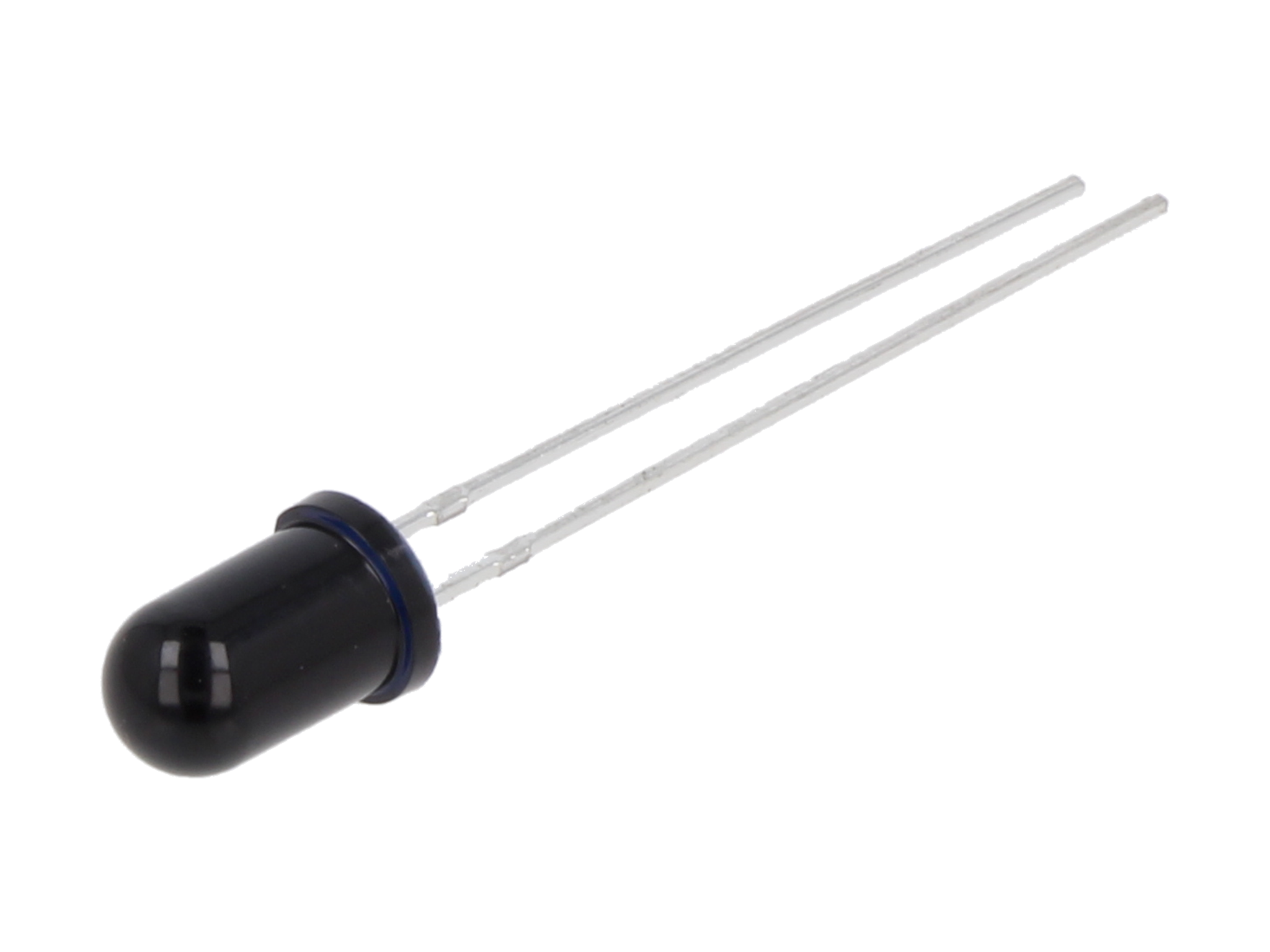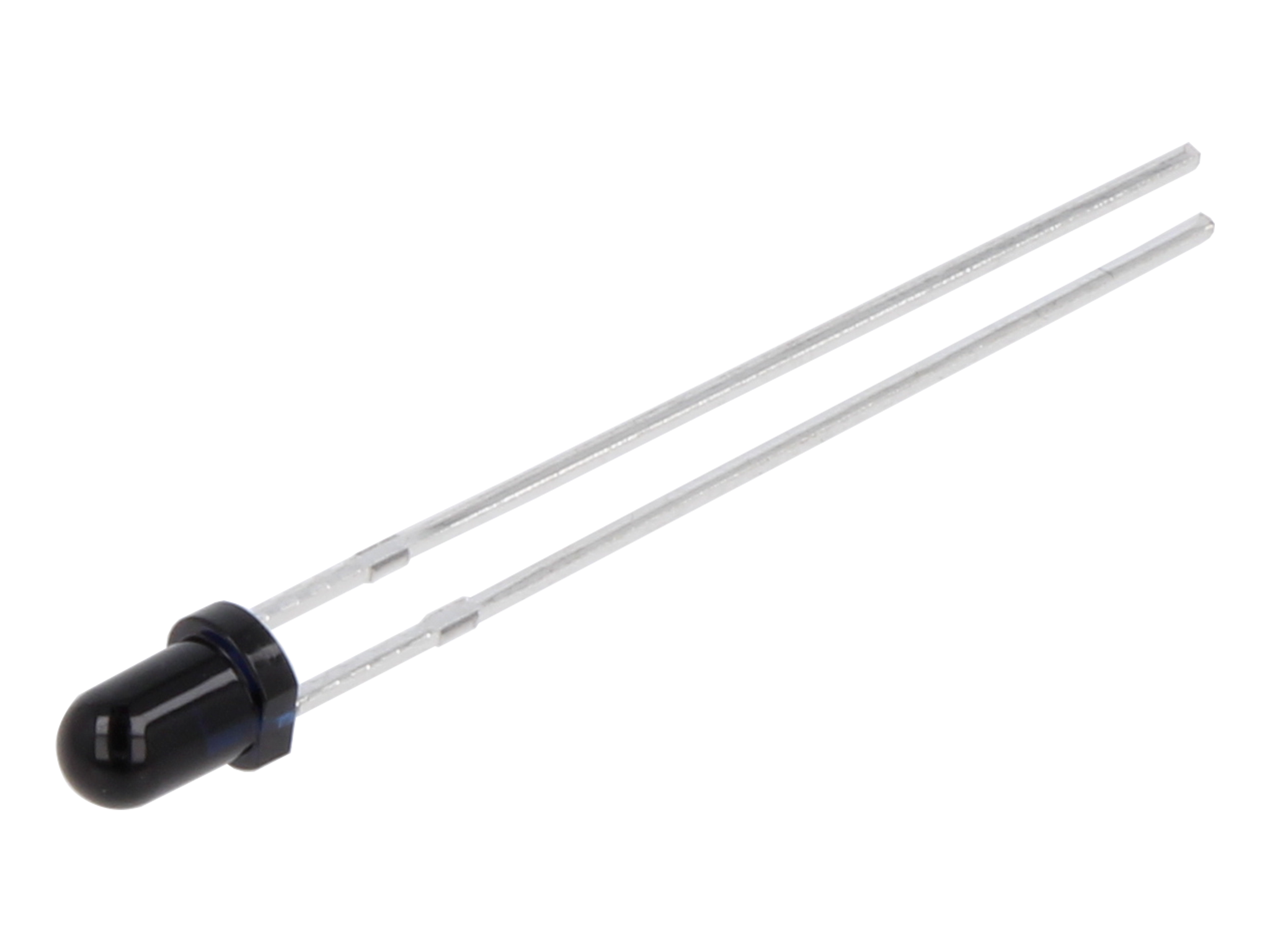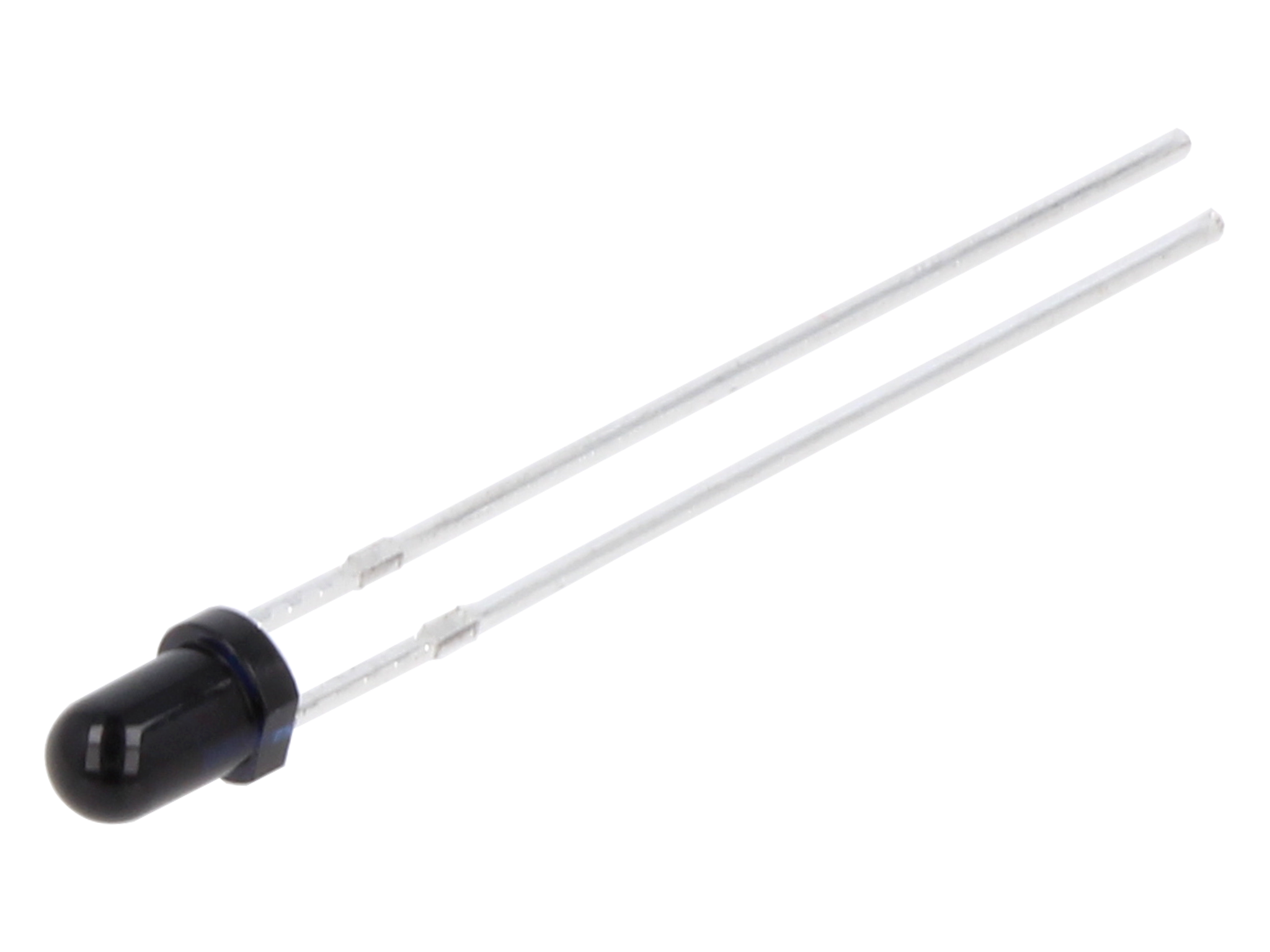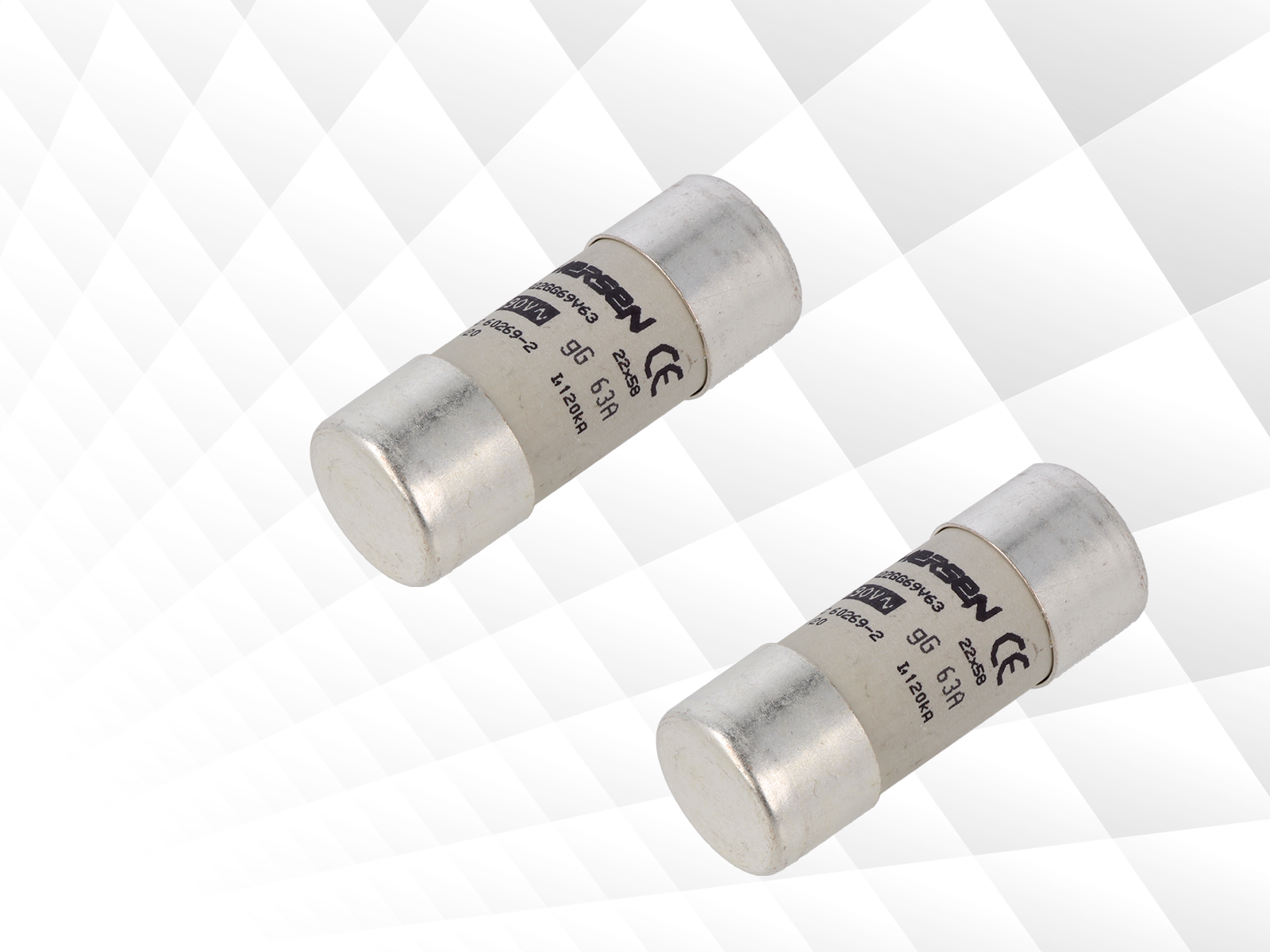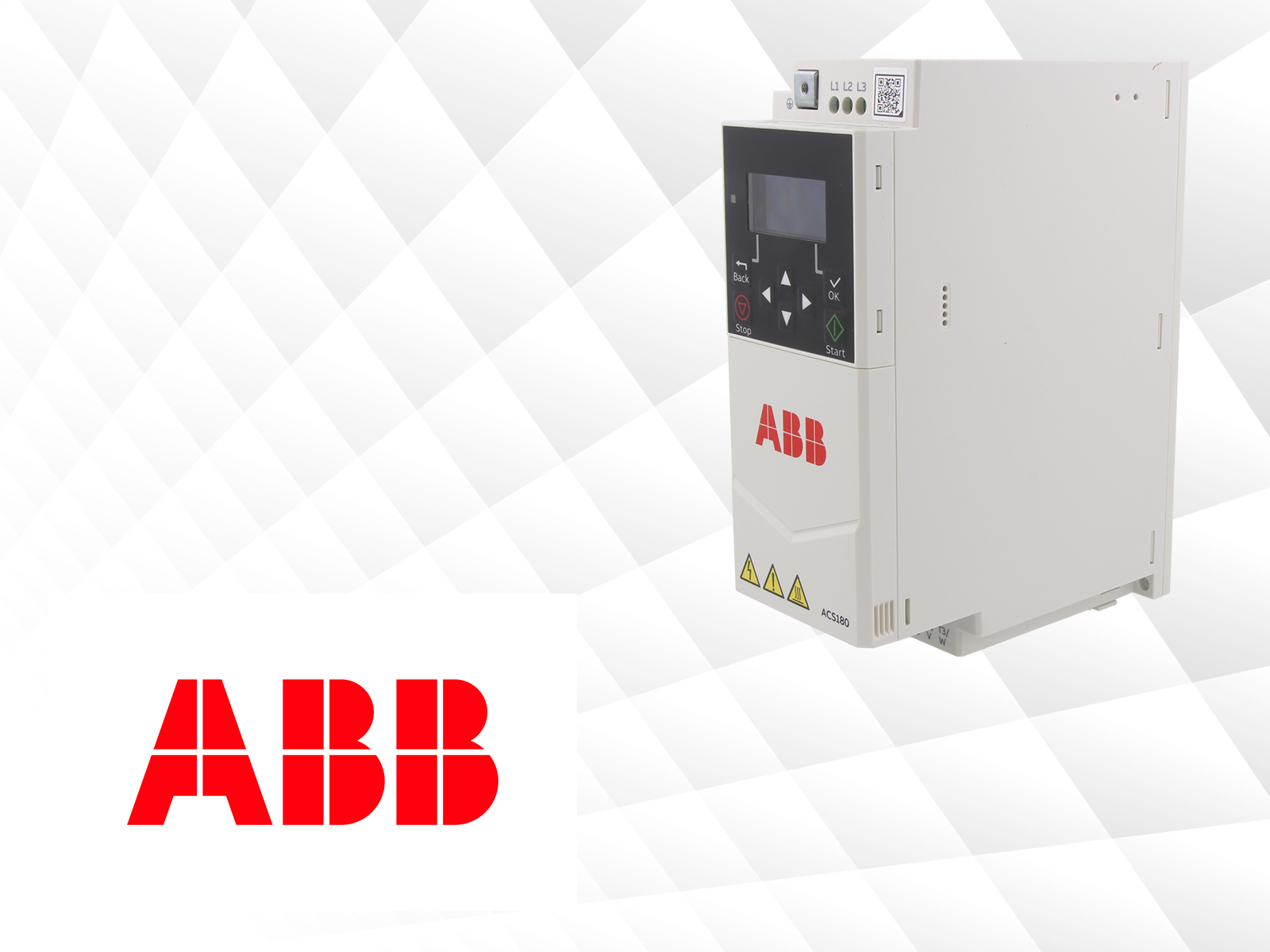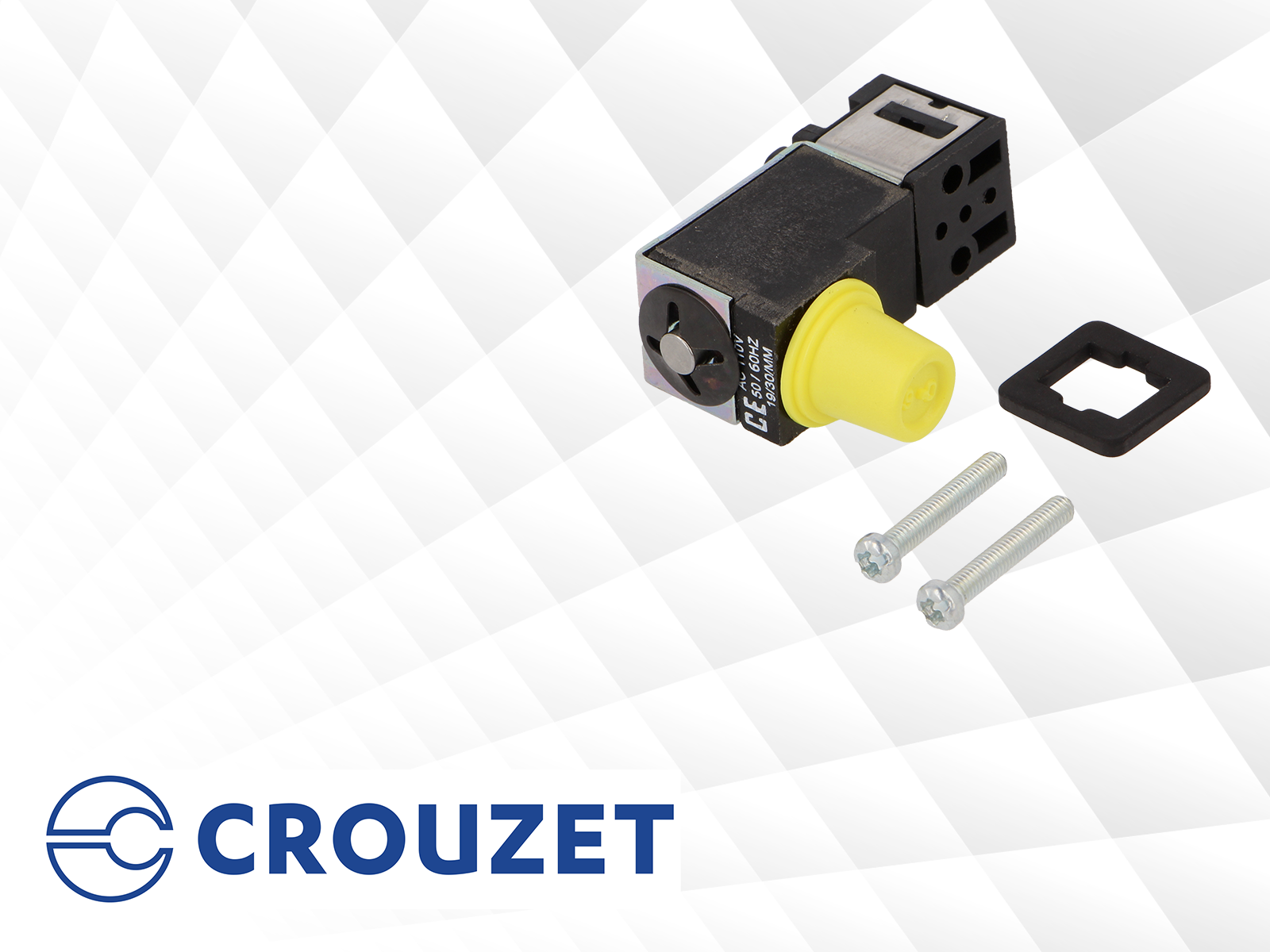Infrared light detection is a necessary function for a number of devices whose design is based on electronic optical solutions (including optical sensors and telecommunications equipment). Photodetectors installed in such circuits operate within the near-infrared band, i.e. NIR, ranging from 780 nm to 2.5 µm, and waves with the length of approx. 950 nm are most commonly used. This week, we offer Brightek photodiodes and phototransistors – universal components designed to detect radiation within the above-mentioned frequency range.
Photodiodes
Photodiodes are solid-state elements in which the p-n structure is exposed to photon impact. The occurrence of light with a specified length triggers current flow or voltage generation (photovoltaic effect) on the leads. Their main characteristics include rapid response and high sensitivity, which makes them a perfect solution for precise measurements.
Phototransistors
The operating principle of phototransistors is similar to that of photodiodes (the solid-state structure is exposed to facilitate the access of light to connectors). Even though their response time is longer, they ensure higher signal gain, which is desirable for applications requiring the detection of weak signals.
Brightek infrared photodetectors are available in standard enclosures used for THT LEDs with the diameter of 3 mm or 5 mm (through-hole or on-wire installation; e.g. in standard fixtures). Their lenses are made of special black epoxy resin (transparent for 950 nm wavelength light), which minimises interference.
The popular and recommended applications of these products include: optical sensors, smoke detectors, alarm systems, remote control systems, communication (data transmission) modules, etc.
| Characteristics | |
|---|---|
| Photoelement type* | photodiode or phototransistor |
| Diameter* | 3 mm or 5 mm |
| Wavelength at max. sensitivity point | 950 nm |
| Viewing angle* | 30° or 38° |
| Diode lens | black |
| Mounting | THT |
| Face | convex |
| Operating temperature* | from -40 to 85°C |
| Maximum power* | 0.1 W |
* depending on the model


